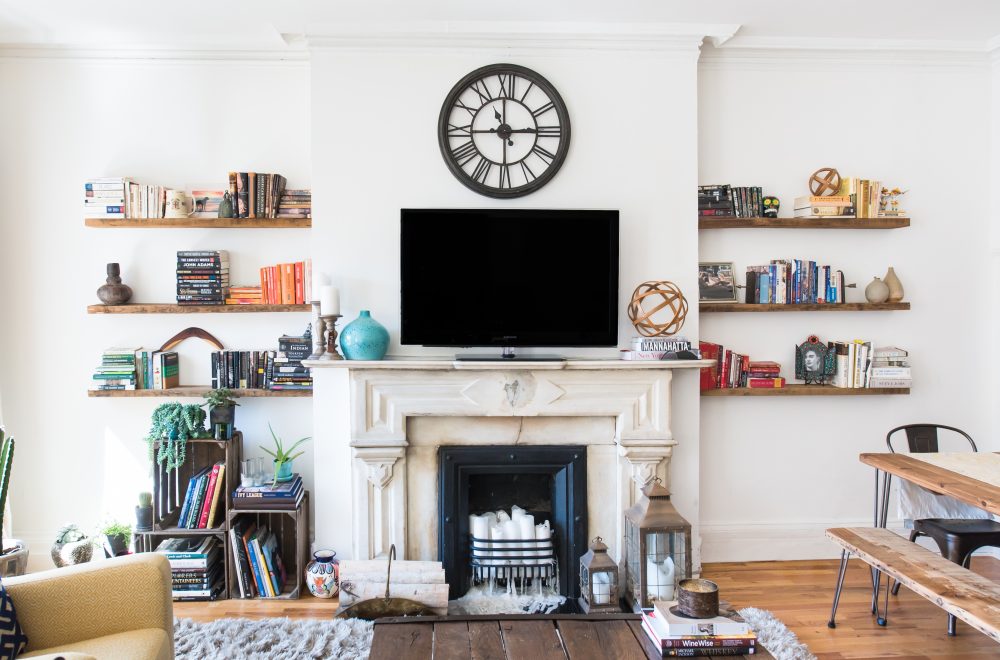When decorating your home, it’s often easiest to think of tackling one room at a time, as considering the furniture needs and budget required for an entire home can feel daunting. While this approach is great to help break up your budget and make the design process feel more manageable, it’s important to think of your home holistically when deciding on what styles, colors, and finishes make sense in each room. Finding a cohesive balance between rooms while also giving each room its own purpose and personality isn’t easy, but these tips should help ensure your rooms flow together while still being unique in their own right.
Color
Deciding on a color palette for your home should be one of your first steps. While every room doesn’t need to be the same color, fitting within a larger color scheme helps create a cohesive feel. For example,, maybe your home has light colors with cooler tones of blue and green as accents. Or, maybe you love bold colors and have saturated jewel tones in accents throughout. Or, perhaps you’re into classic contrast, so you stick to black and white!
Regardless of your color preferences, sticking to a scheme will ensure your home feels cohesive. Things will start to feel very disjointed if each room has a separate color scheme- jewel tones in the dining room and pastels in the kitchen won’t look awesome. We also don’t advise choosing one vibrant pop of color and repeating it in every room of the house. This ends up making your home feel one-note and uninspired in it’s lack of variation.
When it comes to paint, if you have an open layout where your rooms don’t have clear divisions between them, sticking to one, neutral color throughout your space is a safe bet. Otherwise, selecting an accent wall (behind your sofa or dining area, for example), is an easy way to add color without overwhelming the entire space.
Style
Mixing finishes is key to creating a curated look, but limit yourself to a few finishes that compliment your preferred style and palette. For example, unless you’re going for an eclectic look, you’ll likely want to limit the wood tones throughout your home to a couple. Mixing walnut and a lighter washed wood tone can create some interesting contrast within a similar style. However mixing a sleek mid century teak. a white-washed antique wood, and a rustic reclaimed wood will feel a bit busy.
For metals, sticking to finishes in a similar family like antique brass and dark iron creates some interesting variation within a style, but going too far ( like mixing chrome, antique brass, and brushed nickel) feels like a random mix of metals from different eras that doesn’t quite make sense.
Follow these tips to ensure your home flows together and it’ll end up feeling balanced and cohesive throughout!

